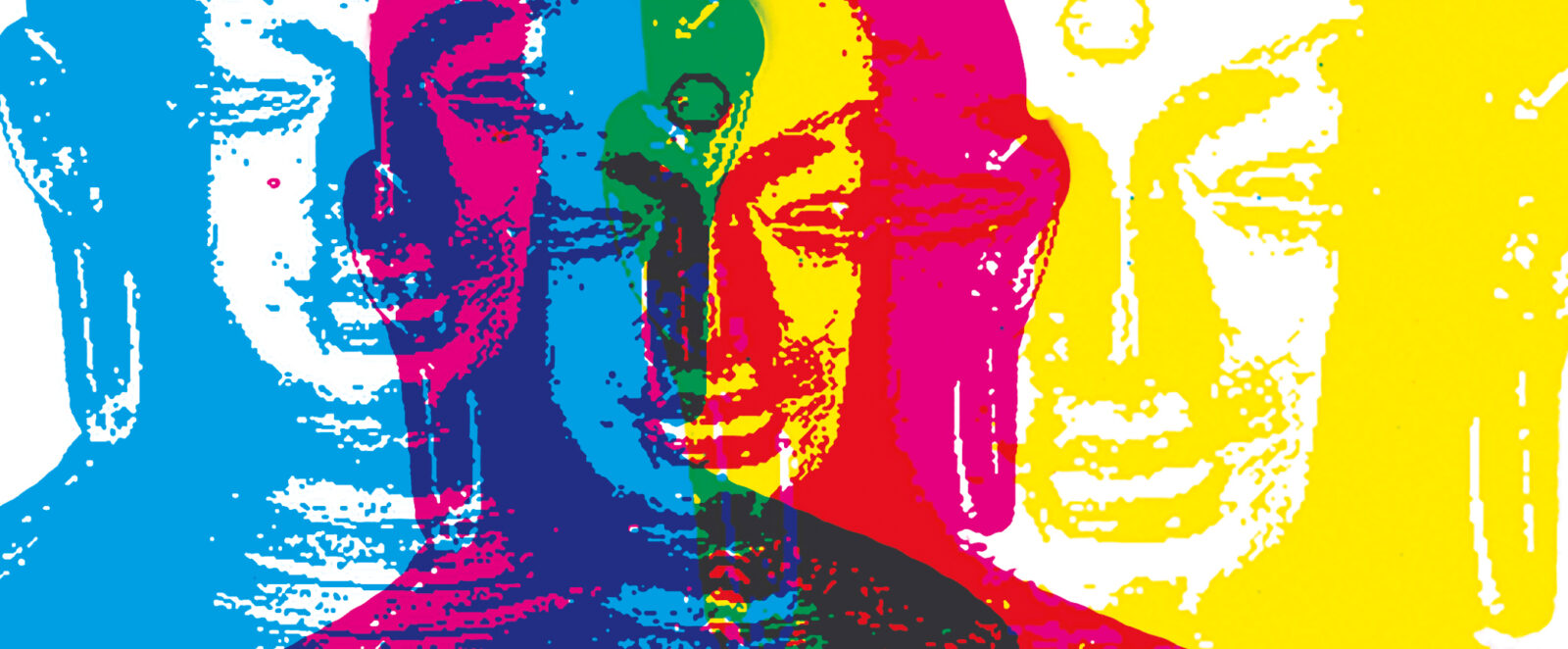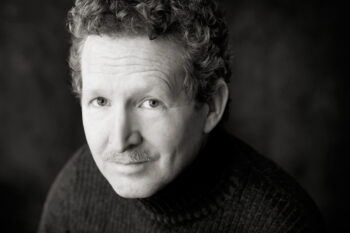


As a religion that speaks of lifetimes that extend back into the immeasurable past and a path to enlightenment that unfolds for eons into the future, Buddhism has much to say about time or, in the parlance of Buddhism, the three times: past, present, and future.
To the consternation of the Buddha’s interlocutors and generations of undergraduates, the Buddha refused to say whether time has a beginning. He said it was one of the “questions that tend not toward edification,” in the memorable phrasing of a Victorian translator. Yet it is clear from articulations of Buddhist cosmology that, although individual worlds come into and go out of existence— through four phases called vacuity, creation, abiding, and destruction —there is no beginning to the cycle of rebirth. This doctrine has many implications, including that all sentient beings have been in every possible relationship to all other sentient beings. It is with this in mind that Tibetan lamas use the phrase ma sems can, “sentient beings, our mothers.”
The Buddha also declined to answer the question of whether the cycle of rebirth will ever end. Later Buddhist thinkers say that the cycle of rebirth itself will never end; its limitless population is decreased by one each time someone follows the Buddhist path to nirvana. Buddhists therefore tend to regard the future with fear, knowing they have accumulated the causes of infinite lifetimes in the future, lifetimes that might be spent as an animal or insect, as a ghost, or as a denizen of one of the many hot and cold hells, where lifetimes are measured in millions of years. Much Buddhist practice over the past two-and-a-half millennia has been devoted to the good deeds that produce merit, the good karma, to attain rebirth as a prosperous human or as one of the gods who populate the many Buddhist heavens.
Buddhists have another reason to regard the future with dread. Buddhist theories of time explain that the length of the human lifespan rises and falls in cycles; as the lifespan wanes, life becomes worse, with times of pestilence, chaos, and war. Buddhas appear in the world on the downward slope of the curve; our Buddha appeared in the world when the human lifespan had declined from eighty-four thousand years to one hundred years. The future is therefore marked by an inexorably growing gap in the time since the advent of the Buddha, making it harder and harder to follow his teachings and traverse the path to enlightenment.
Indeed, the future is said to be marked by degenerations in five areas: lifespan, philosophical views, negative emotions, sentient beings, and the environment. It will become more difficult for monks and nuns to keep their vows; the yellow robes of the monk will slowly fade until they become the white robes of the laity. Exactly how long this process will take is the subject of much speculation and prophecy. In one text, the Buddha predicts that his teachings will only last for five hundred years. He says that had he not ordained women they would have lasted for a thousand years.
In the Pali tradition of Sri Lanka and Southeast Asia, it is said that the teachings will last for five thousand years, disappearing in five stages, each lasting a millennium. In sequence, we will see the disappearance of enlightenment, the observance of monastic vows, knowledge of the texts, the outward signs of monasticism, and the relics of the Buddha. In Japan, Buddhist monastics calculated that the degenerate age began in 1052, causing such famous masters as Honen to declare that seeking enlightenment through one’s own efforts is futile, and that we must rely on Amitabha, the Buddha of Infinite Light, to take us to his pure land.
Many Buddhist traditions predict that the last thing to disappear will be the Buddhist relics. In one of the more dramatic scenes in Buddhist literature, the relics break free from the stupas, pagodas, and chortens around the world that have held them for centuries, reassembling under the Bodhi Tree, where the Buddha achieved enlightenment, to be worshipped by the gods one last time before bursting into flames.
Yet Buddhists also have reason to regard the future with hope and anticipation. In some sutras, the Buddha —who is said to have complete knowledge of the past, present, and future—predicts that all sentient beings will one day become buddhas themselves. In a sense, even the gradual loss of the dharma after his death is a reason for hope, as the disappearance of his dharma is necessary for the most important of all future events to occur: the coming of the next buddha, Maitreya.
Buddhists believe that there have been many buddhas in the past and there will be many buddhas in the future. There is no reason, however, for a new buddha to appear in the world while the teachings of the previous buddha remain. Thus, the next buddha will descend from the Joyous Heaven into our world only when the teachings of the previous buddha have been forgotten and the relics of the previous buddha have burst into flame. Yet the existence of the next buddha is certain; we even know his name. Over the centuries, many have engaged in all manner of practices—from prayers to longevity techniques so they might be present in our world when Maitreya preaches the dharma.
Buddhism is known for its remarkable ability to ponder the nature of reality at both the cosmic and molecular level. At the molecular level, we find a very different view of the future. It is here that we see another version of the three times, where every moment of mind and matter passes through three phases: production, abiding, and disintegration. Birth, life, and death. Buddhist thinkers have pondered these phases with great profundity, seeing birth, life, and death occurring each moment, rather than each lifetime, and noting that because the past is no longer present and the future is yet to come, all that exists is the present moment.
Yet if the existence of the present depends on the past, and the existence of the future depends on the present, then the three must have some connection to one another in time. Indeed, the present and past would have to exist at the same time. As Nagarjuna states, “If the present and the future exist in dependence on the past, the present and future would exist in the past.” In other words, when you look to the future, it can’t be found.

Donald S. Lopez Jr. is the Arthur E. Link Distinguished University Professor of Buddhist and Tibetan studies at the University of Michigan. His recent books include Hyecho’s Journey: The World of Buddhism, Gendun Chopel: Tibet’s Modern Visionary, and The Passion Book: A Tibetan Guide to Love and Sex, with Thupten Jinpa.
Get the latest news and stories from the Rubin, plus occasional information on how to support our work.